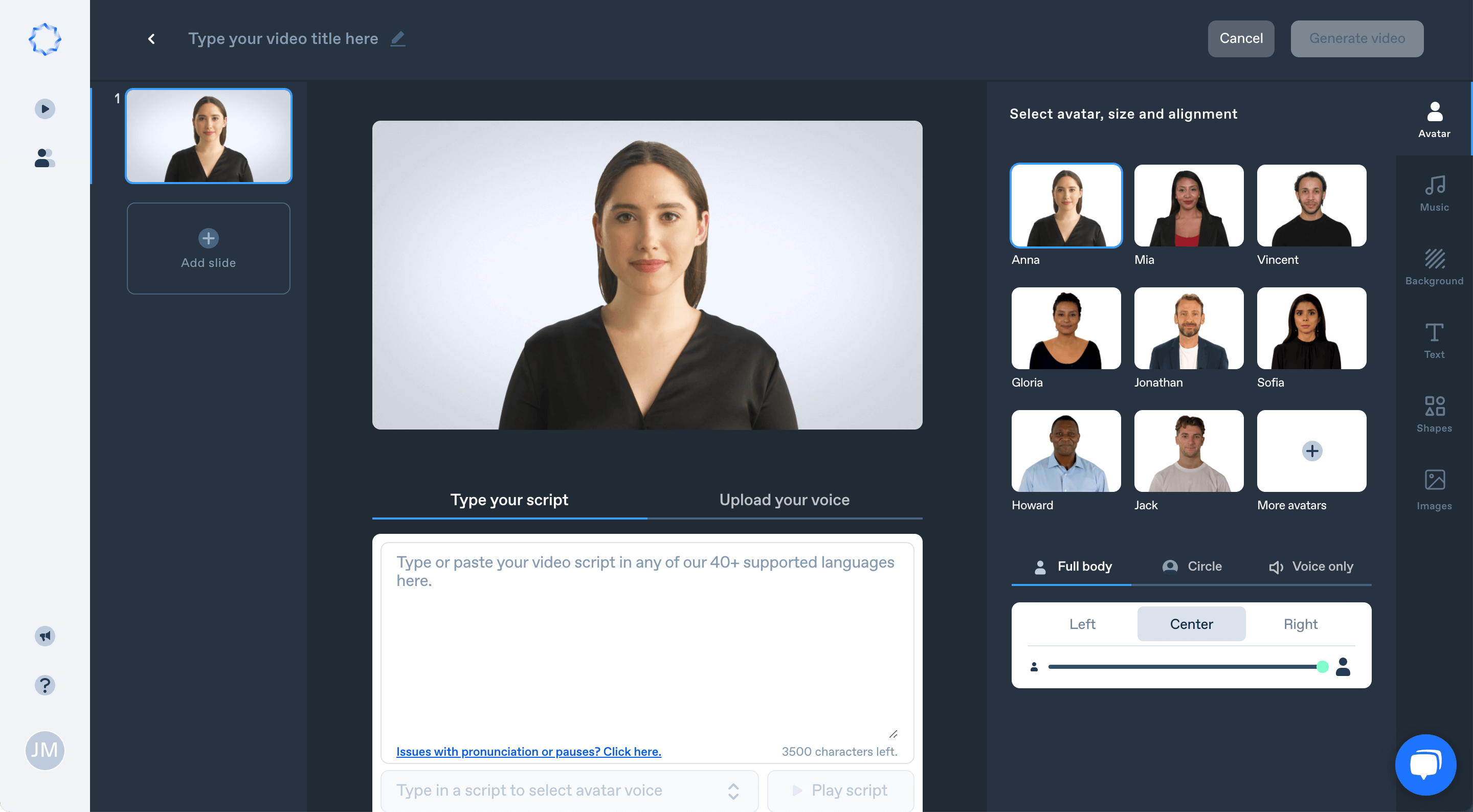
Compressing Video Tapes to Fit onto a DVD
Video is a digital medium for the capture, duplication, playback, displaying, and editing of moving photographic media. First developed primarily for mechanical film systems, which soon became quickly replaced by digital video systems that were followed by flat screen monitors of various types. Digital video is the native format for DVD and Blu-Ray Disc, but both use a variation of the same image format - a data stream of pixel based images - which are stored on removable or built-in disks or DVD burners. In the case of the latter, the burnt images are generally the same as the original images, but may have been modified to include title information, subtitles, and such. This format is well suited for streaming video on the internet.
The original analog television set had a color depth of 16 colors, but in the early 1950s, the advent of Wide Scan Televisions gave manufacturers the opportunity to introduce their own formats. The result was the now familiar Standard Television Format (STF), which still uses pixels for the red, blue, and green components of the video signal. However, to allow for better picture quality, STF adds a ‘depth’ to the color palette used - increasing the amount of colors to be displayed per frame. The result is that digital video signals with a higher color depth appear more lifelike as compared to standard TV signals. The quality of digital video also tends to be better quality than broadcast TV, but the main disadvantage is the increased cost associated with using digital signals. Most Internet broadcasts are of lower quality, but the increased cost has been made up for by the increased availability and price of High Definition (HD) television.
The term ‘PCV’ (PC Video) refers to any digital television system which operates with a PC computer. While some of these PCV video coding formats are capable of transmitting high quality audio and video, they tend to be unable to decode the High Definition format. These video formats are also very rarely able to handle the streaming video which is typical on the internet. The PCV system, which transmits through PCV cards or a special server, is therefore unsuitable for online use.
There are a number of other digital video formats which are less common. These include the RAR files and the LZH systems. RAR files are compressed file formats which work just as well as their RIFF counterparts, but can be stored on a smaller drive and compressed much faster. A LZH system, which is similar to the LZR system, but is designed for compression to fit onto a small Zip drive, is also suitable for compressed file storage.
Finally there is the serial digital interface. This is the most widely used digital video format, with television stations across the world choosing it to encode their content. As with the PCV file format, the digital video sent through this system can be up to four times smaller than that in RAR and PCV formats. However, despite this, some television stations still choose to encode their content through this system, because they can afford a lower cost.
To see all these formats side by side, it is advisable to download a program which can compress all of these, and then compare all of the results. There are a number of programs which can do this for you. These programs are available for free on the internet. Once downloaded, all you need to do is open the program and then drag the files from your computer into the program which is going to convert them into a suitable format. This is done by clicking on the convert button and then waiting for a short while, whilst the converted files are being transcoded, to give you the best result.